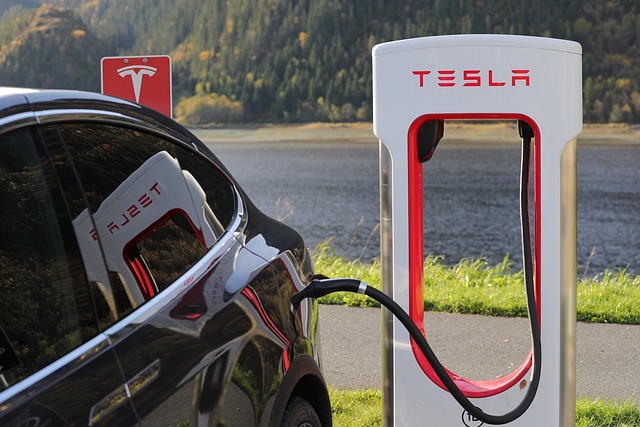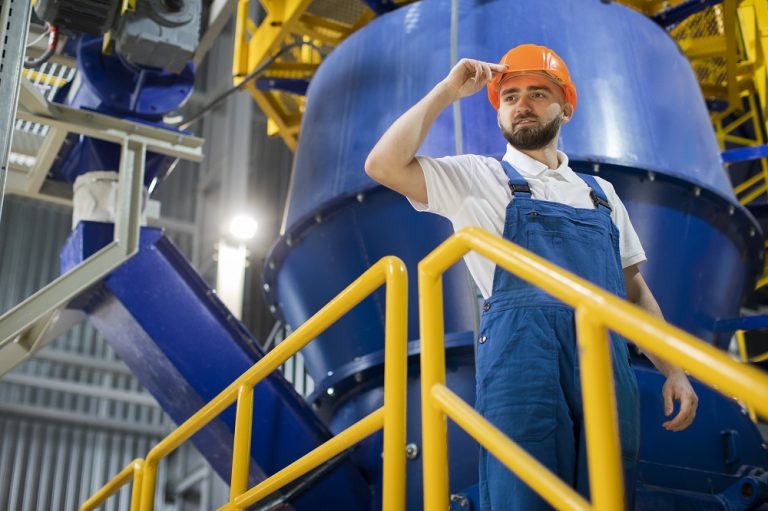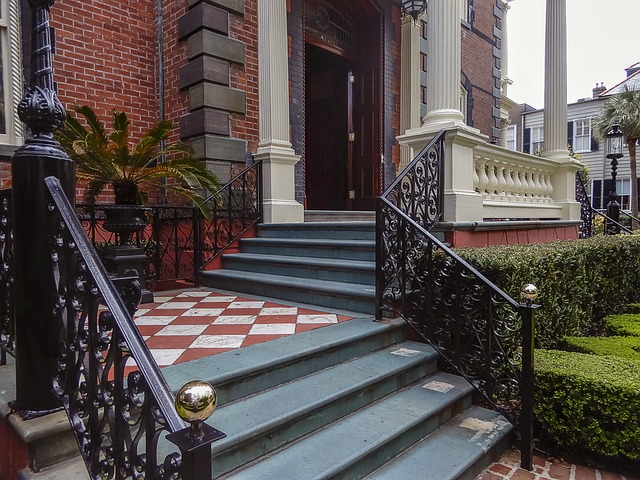Contents
- What is green tech?
- Why is this important?
- Who is affected?
- What are the digital levers for change?
- Massif green innovation
- What reverence us that this will be accomplished?
What is green tech?

The green tech is presented, both as a key in growth area for the coming years, and also a way to meet the future energy environmental challenges.
However, their development momentum today is disappointing. Commercial take-off is slower than anticipated. They do not dream, do not arouse desire. Their environmental impact is sometimes questioned if they are not accompanied by profound changes of practices, systems and business models, public policies, etc. The degree of innovation in this sector is very often questioned.
What is missing? How to regain momentum? How to mobilize technology for real change in development models? How to bring forth the covenants, and the necessary ecosystems?
Why is this important?
We need green innovation. The ecological transition of the economy will not be based only on coercion and awareness. It also requires research productivity, value creation and positive alternatives.
Today the green tech remains a small world of specialists. For an individual or even a business, to make “sustainable” choice appears complicated, uncertain and often expensive. For innovators (and investors), the “green” innovation is difficult to access opaque information, expertise diffuse, scattered actors… Result: the feeling that many projects are alike, they lack imagination, and they focus on technique rather than use.
The technique cannot meet alone with a problem that lies in our development model. They must wear or facilitate changes in production, the life cycles of products, consumption patterns, daily practices, and business models.
Implementation without reflection of green technologies can produce perverse effects in turn produce emissions and waste; elicit “rebound effects”; oppose environmental and Freedoms (the case of urban tolls or some approaches of “smart grids”), Environment and Solidarity (sustainable cities for the rich, exploded suburbs for the others).
We must switch to a positive imaginary sustainable development. Sustainable development is based on the recognition of the finitude of the world, the limits of its resources, global solidarity and generational side constraints. But his imagination cannot be limited to the idea of frugality: innovation can help to make it more exciting, fun and free.
The history of internet innovation provides fertile slopes. This innovation is the opposite of the old vision of a purely rationalist computer. She constantly produces utopias, breaks, rearrangements, concrete alternatives. It operates on an exchange basis and rapid flow of ideas. It constantly combines innovation, market and non-market.
Who is affected?
. The public, which should identify concrete and credible ways of engaging the green economy transition and territories.
. Large companies, which must integrate the green transition at the heart of economic model, which also requires that their markets are changing.
. Large industrial internet on one side of the environment on the other, to be partners and / or competitors in the emerging platforms of tomorrow green innovation.
. Entrepreneurs that have any interest in green innovation become a popular and dynamic subject of digital innovation.
. Investors, who find finance more ambitious projects, more diverse, more differentiating.
. The designers, who have a major role to play in linking technology and society, reason and desire, shared. And the emergence of a “green desire”.
. Individuals, who may become involved in green innovation.
What are the digital levers for change?
The “green” innovation must open and share, out of the midst of specialists to have the maximum exposure. Among the tracks:
. Technologies and open data.
. Collective intelligence, exchange of ideas and achievements locally and globally
. The “living labs” and “fab labs”, co-design with users, the call to the DIY and embezzlement, rapid prototyping and experimentation.
Massif green innovation
Some of the “good practices” about massification, which means for example:
. Real economic innovation ecosystems, integration, co-creation of value.
. Raise expectation and demand, not just an offer.
. Circulate ideas, models, applications…
Use the power of networks, information and digital technology in the service of a green breakthrough innovation.
Among the tracks:
. Concretely realize the “cradle to cradle” short circuit. Which requires to allow a large number of players to exchange, to coordinate their action
. Develop forms of sharing, pooling of flexibility in the use of physical resources (cars, machines and expensive tools, spaces, etc.)
. Substitute immaterial forms of travel, consumption, their material forms
. Help measure the ecological footprint of things and practices, to link personal practices and collective effects.
. Make possible the emergence of new currencies, new forms of compensation, new ways to measure the value.
What reverence us that this will be accomplished?
Ideally, this expedition:
. Open up new perspectives, both actors and investors “green techs,” and with the digital.
. Desirable concepts and transformers will emerge, high environmental leverage, helping to “change gear” green innovation.
. Help to make it as desirable and popular as today digital innovation.
















+ There are no comments
Add yours